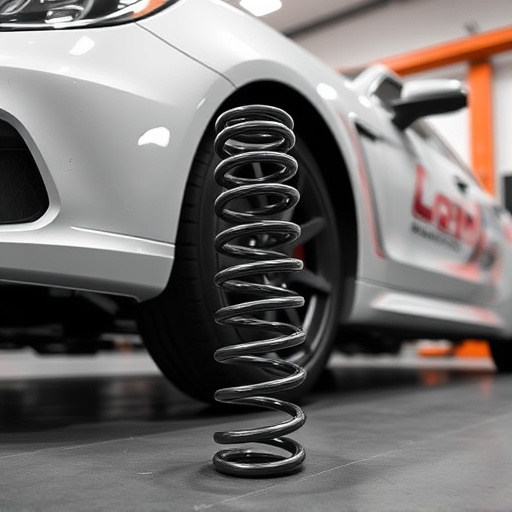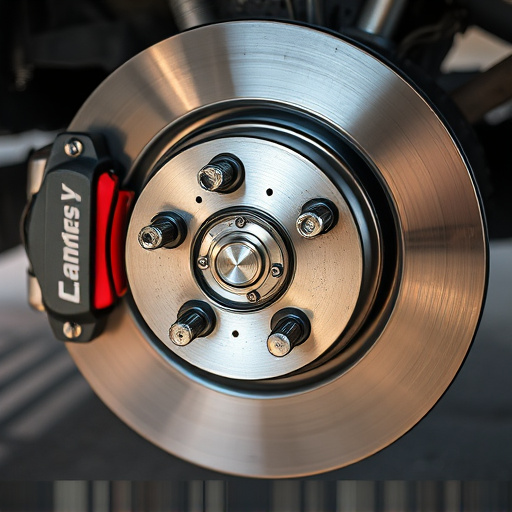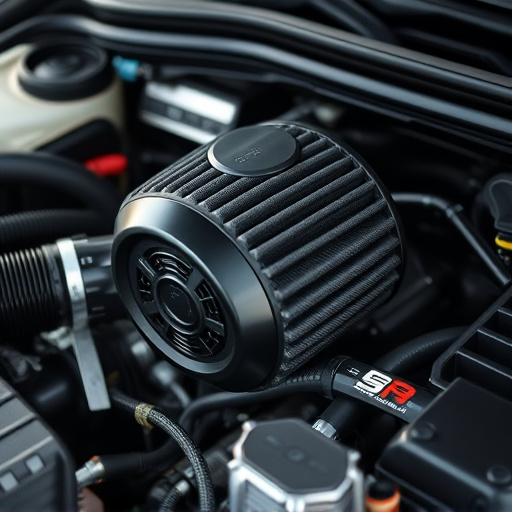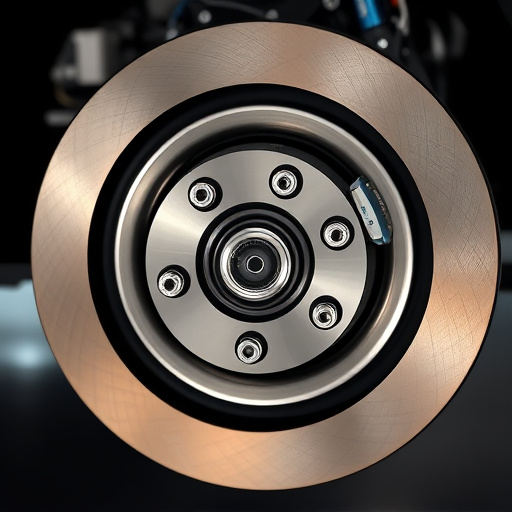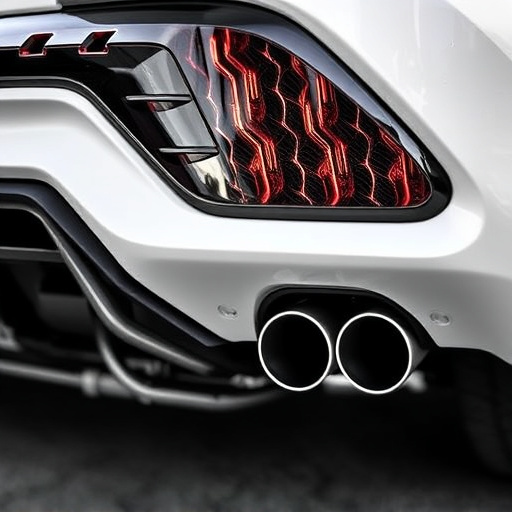Dyno tuning is a precise process using a dynamometer (dyno) to optimize vehicle performance under controlled conditions by measuring power, torque, and drivetrain dynamics. It's valuable for both stock and modified vehicles, identifying bottlenecks, and achieving peak efficiency for improved drivability and driver satisfaction. Dyno tuning validates real-world performance, bridging track days and daily driving, offering precise data for fine-tuning components like suspension and air filter kits. Optimal dyno tuning requires meticulous preparation, including regular maintenance checks, a strategic approach, gradual adjustments, safety considerations, and continuous data analysis to tailor the tune to specific needs.
Dyno tuning, a powerful tool in the automotive world, offers an unprecedented way to validate engine performance. This article explores the fundamentals of dyno tuning and its immense benefits in real-world applications. From understanding the basic principles to implementing best practices, we delve into how this technique enhances engine output and efficiency. Discover why dyno tuning is an indispensable practice for optimal vehicle performance.
- Understanding Dyno Tuning: The Basics
- Benefits of Real-World Performance Validation
- Best Practices for Effective Dyno Tuning
Understanding Dyno Tuning: The Basics

Dyno tuning is a process that involves fine-tuning a vehicle’s settings on a dynamometer (dyno), a specialized roll-on/roll-off test platform. It essentially measures and analyzes various aspects of a vehicle’s performance under controlled conditions. This includes power, torque, and drivetrain dynamics. By adjusting critical components like engine tuning, exhaust tips, suspension kits, and transmission settings, dyno tuning provides real-world performance validation by ensuring the vehicle operates at its peak efficiency.
This method is crucial for optimizing both stock vehicles and those modified with aftermarket parts. It helps in unlocking hidden potential, identifying performance bottlenecks, and achieving a balance between power output and drivability. Through controlled testing, dyno tuning allows enthusiasts and mechanics to make data-driven adjustments, ultimately enhancing vehicle performance and driver satisfaction.
Benefits of Real-World Performance Validation

Dyno tuning offers a unique advantage in real-world performance validation, bridging the gap between track days and everyday driving. By simulating various driving conditions on a dynamometer, it provides an accurate measurement of power output, torque curves, and overall engine performance. This data is invaluable for fine-tuning vehicles, especially when combined with adjustments to critical components like suspension kits and air filter kits.
Real-world validation ensures that the gains observed during dyno tuning translate into improved driving dynamics and responsiveness on the road. It allows enthusiasts and professionals to optimize not just power figures, but also drivability, fuel efficiency, and reliability—all essential factors for a satisfying driving experience. Moreover, it enables them to experiment with different performance air filters and other upgrades, ensuring that each modification enhances overall vehicle performance in practical scenarios.
Best Practices for Effective Dyno Tuning

When engaging in dyno tuning, following best practices ensures optimal results and a more accurate representation of real-world performance gains. First, ensure your vehicle is properly prepared for testing; this includes regular maintenance checks and ensuring all components are in good working order. The setup of your test environment matters; use high-quality equipment like precise scales, data loggers, and reliable sensors to capture accurate data.
During the tuning process, focus on incremental adjustments to avoid over-tuning. Start with base map settings and gradually refine them, monitoring critical parameters such as engine temperature, boost pressure, and fuel efficiency. Consider upgrading essential hardware like brake rotors, coilover kits, or intake components to unlock hidden potential; however, always prioritize safety and ensure these modifications are compatible with your dyno setup. Regularly review data to understand trends and make informed decisions, refining your tune until the vehicle performs optimally while meeting your specific requirements.
Dyno tuning, as a validated performance testing method, offers significant advantages in fine-tuning vehicle engines. By replicating real-world driving conditions on a dynamometer, this process ensures optimal power and torque output. Through best practices like controlled variables, consistent data collection, and expert analysis, dyno tuning provides valuable insights for both racing enthusiasts and automotive professionals. Implementing these techniques can lead to improved engine performance, making dyno tuning an indispensable tool in the pursuit of peak vehicle efficiency.









